Register now to join Ufos Travel and make travel friends around the world
Login to follow friends and send messages. No Account? Register
×
The Basilica of the Holy Child, also known as the Cathedral of the Holy Child, was built in the 16th century. It is a Class B basilica located in the center of Cebu City, Philippines. It is the oldest Roman Catholic church in the Philippines. The most famous artifact in the church is the "Holy Child of Cebu", which was discovered by the Spanish explorer Miguel Lopez de Legazpi in 1565. It is a statue of the Holy Child. This statue is the same as the statue of the Holy Child given to the wife of Raja Humabon by the Portuguese explorer Ferdinand Magellan. After Legazpi's army destroyed the local indigenous tribe, a soldier found a charred wooden box in which the above-mentioned statue of the Holy Child was found.
Humabon was baptized and converted to Catholicism on April 14, 1521, 40 years before Miguel Lopez de Legazpi discovered the statue, which is nearly 500 years old. In 1965, Pope Paul VI elevated the church to the status of a papal basilica and named the church "a symbol of the origin and growth of Catholicism in the Philippines." The current building was completed between 1739 and 1740, making it the oldest religious building in the Philippines today. Mass is held for the Holy Child and Novena devotees every Friday from 5:00 to 24:00.
It is free to visit and take photos, but it is prohibited to take photos during the mass. There are many locals, and the mass is held every once in a while. There are English masses, Filipino masses, and local language masses.
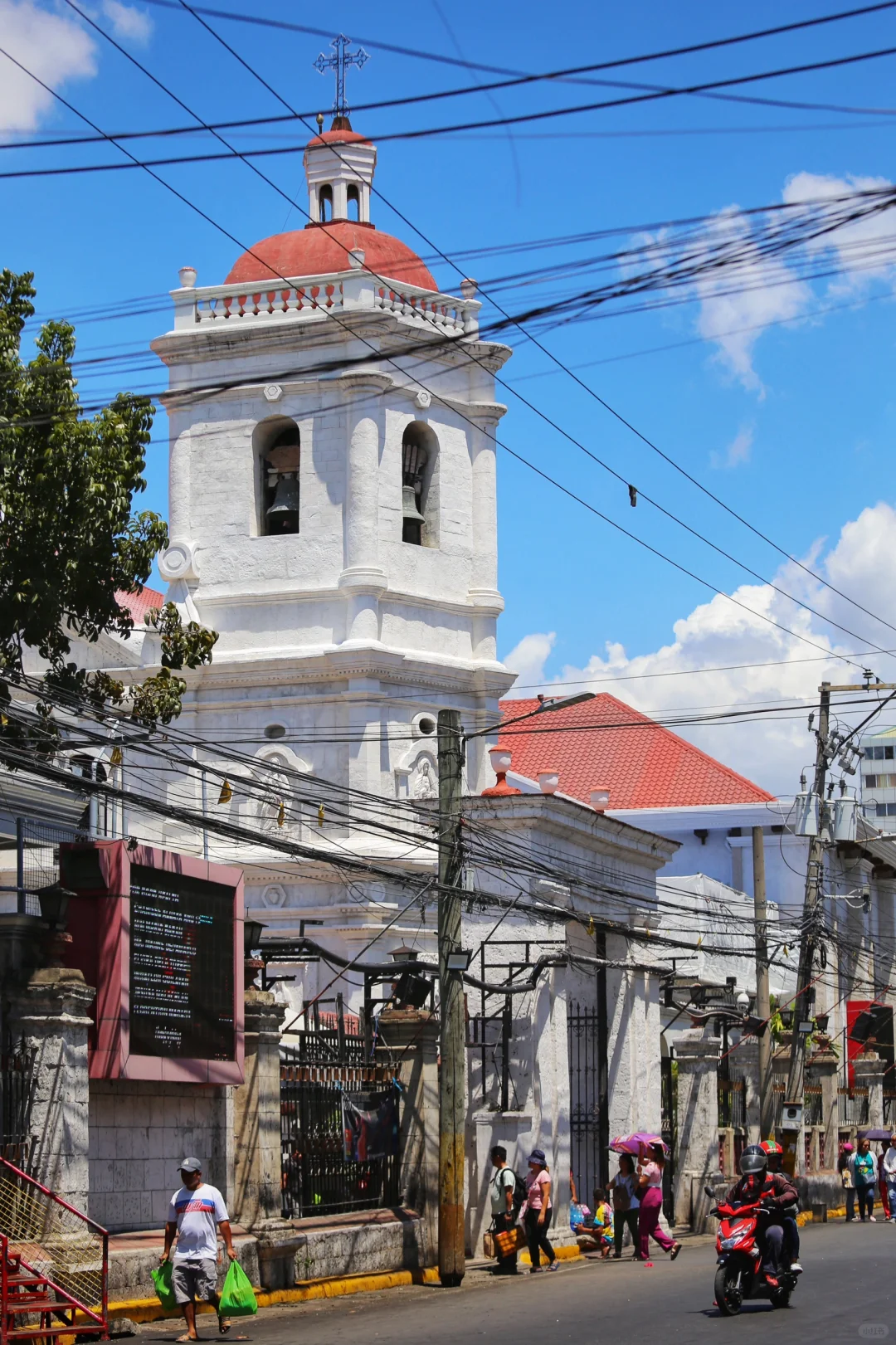
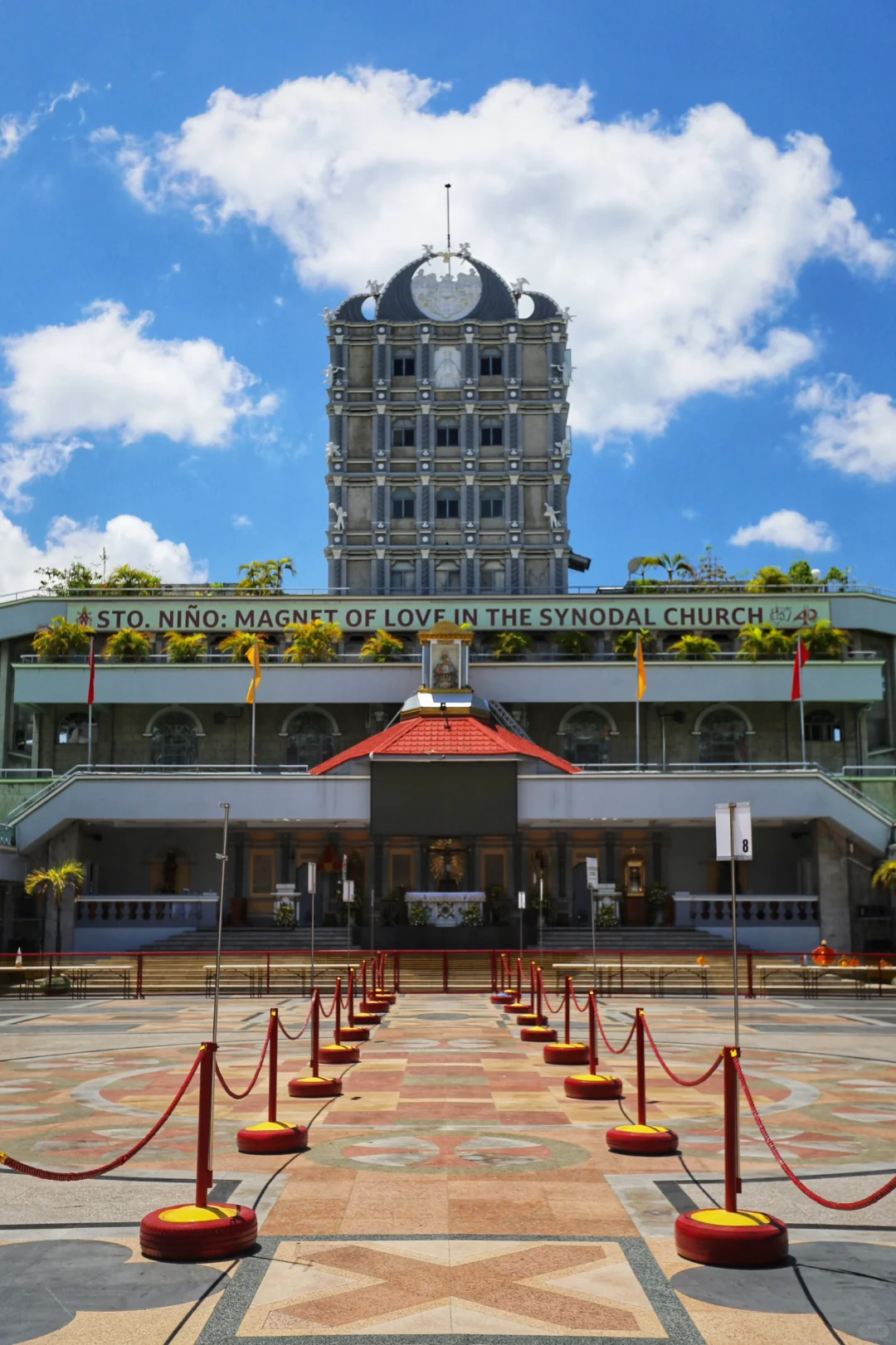
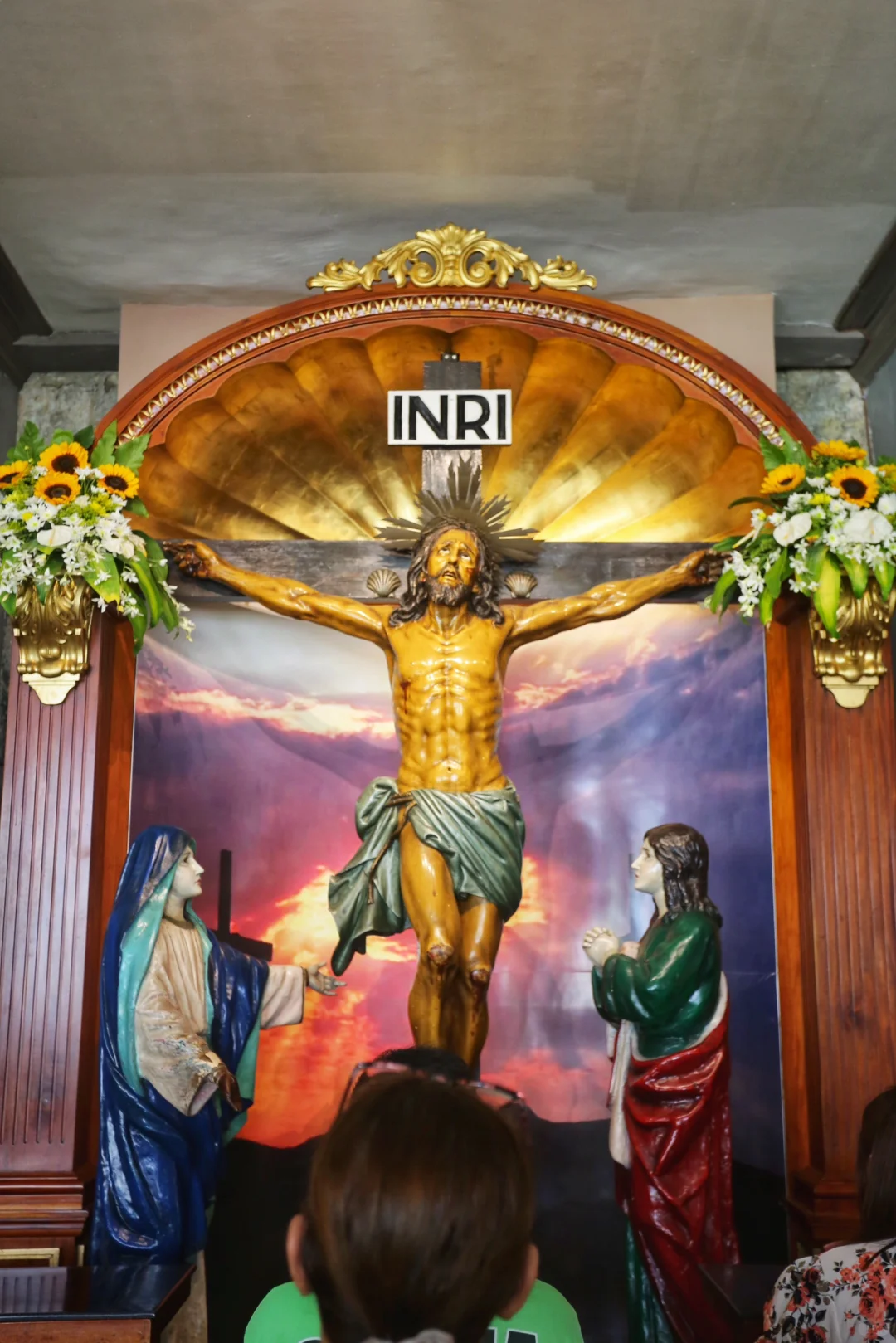
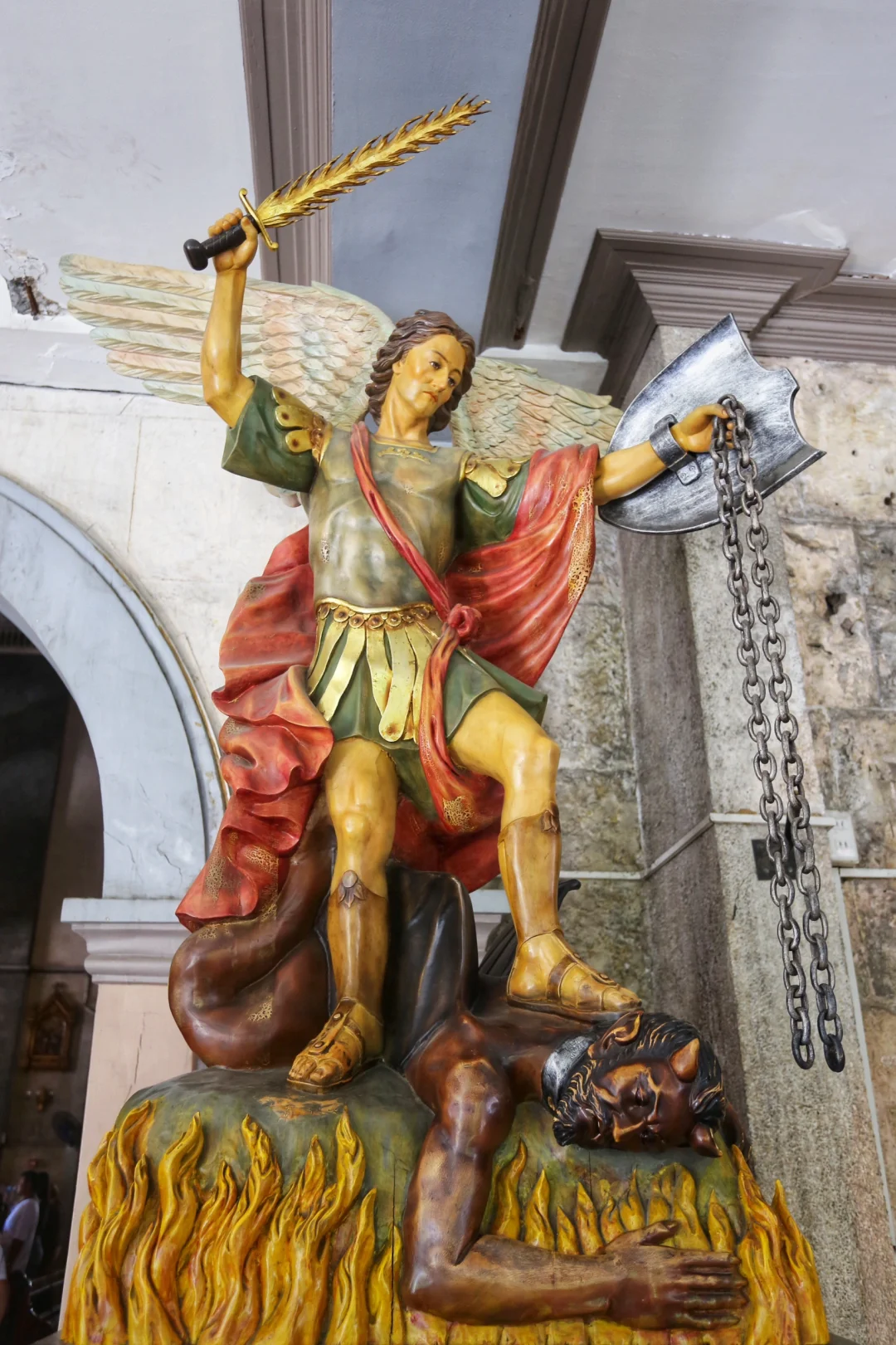
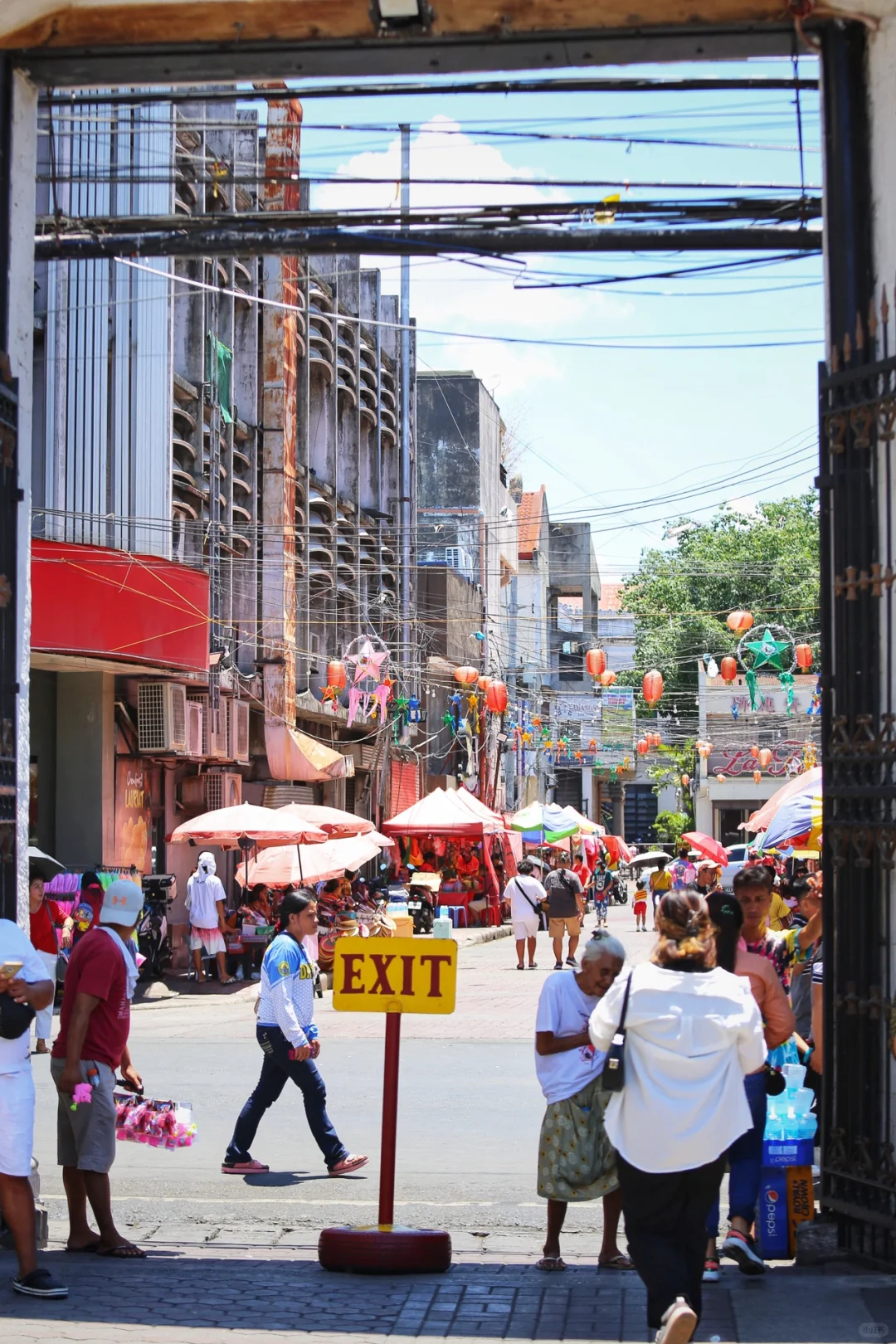
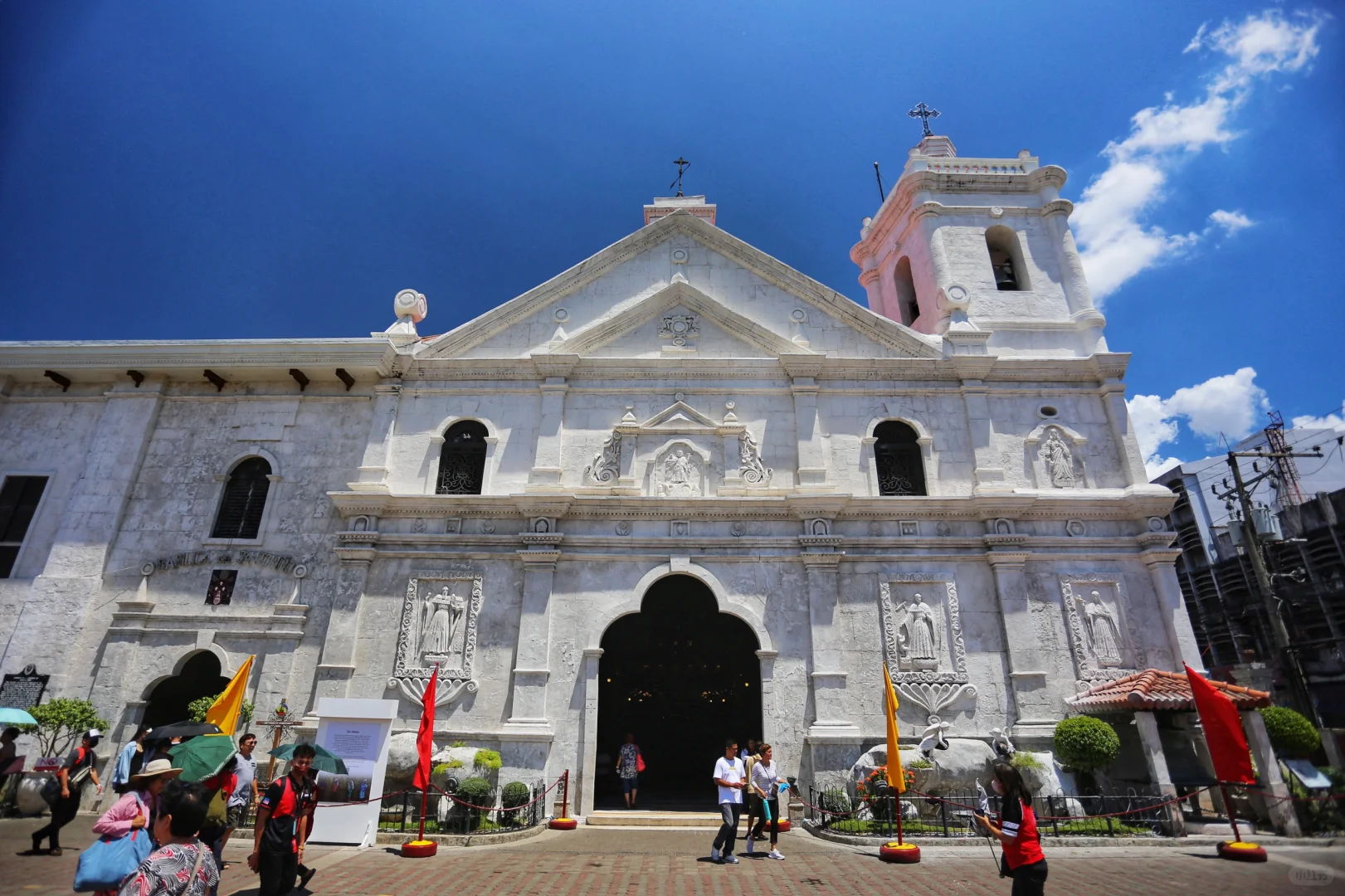
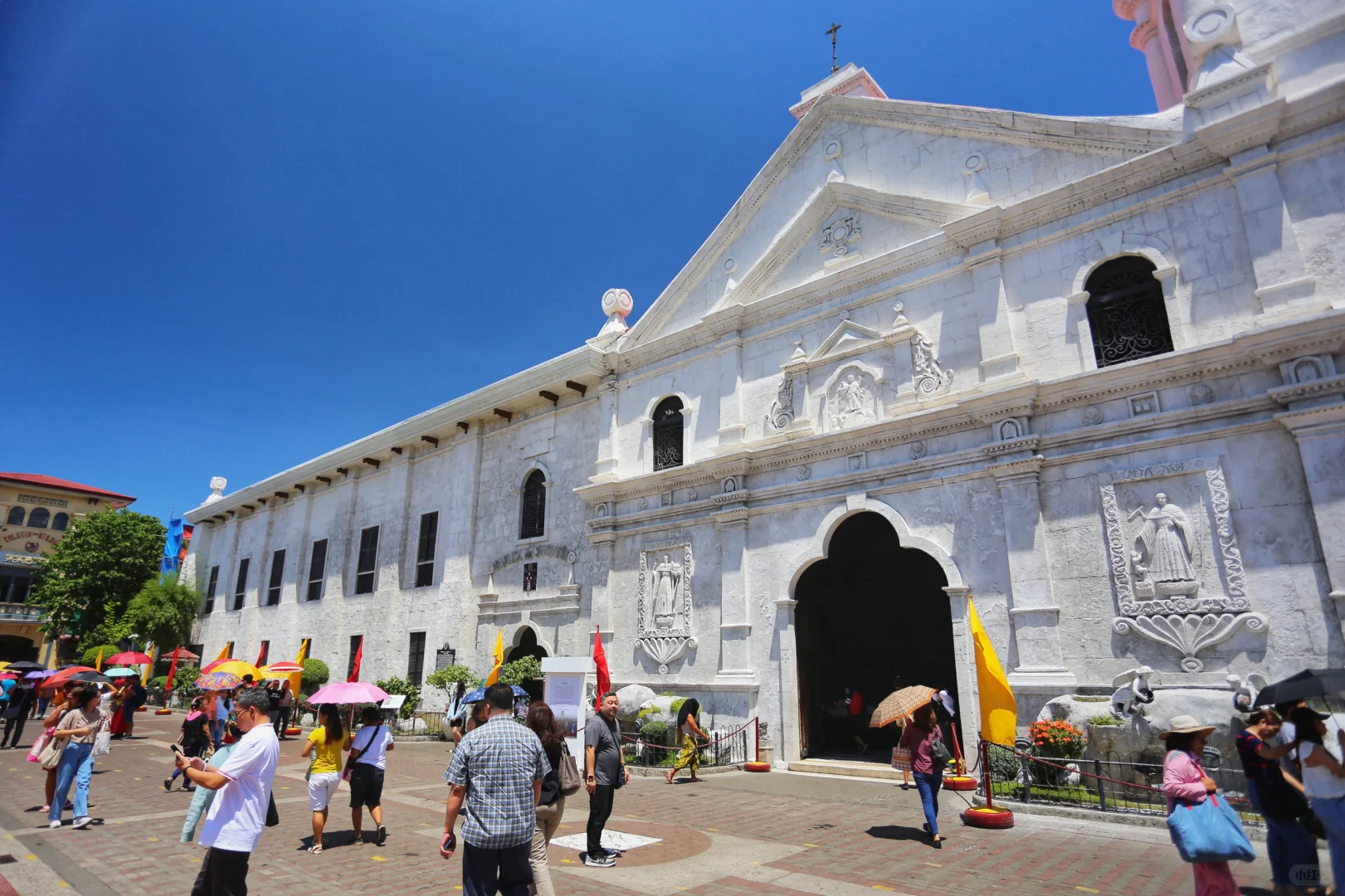
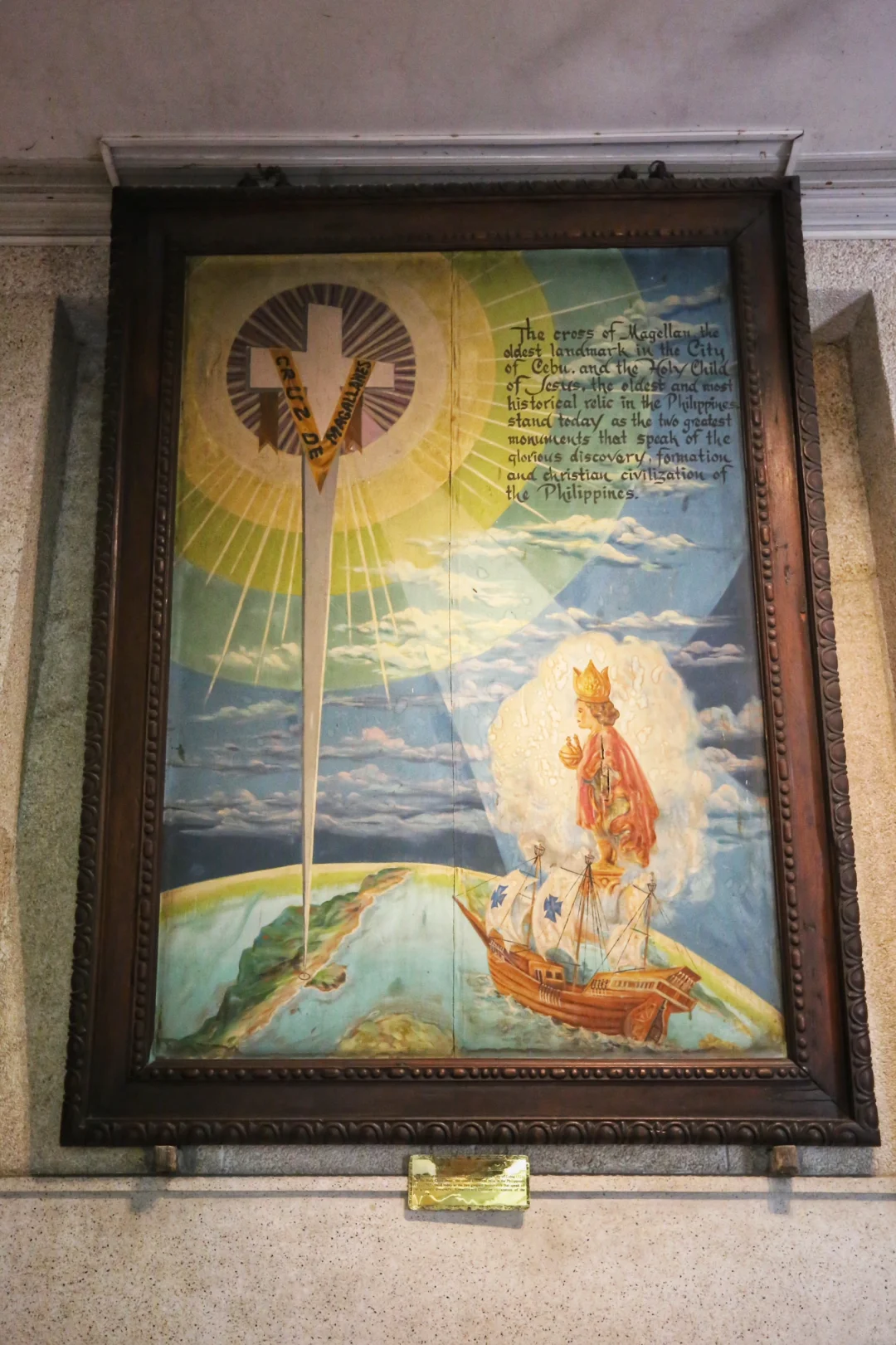
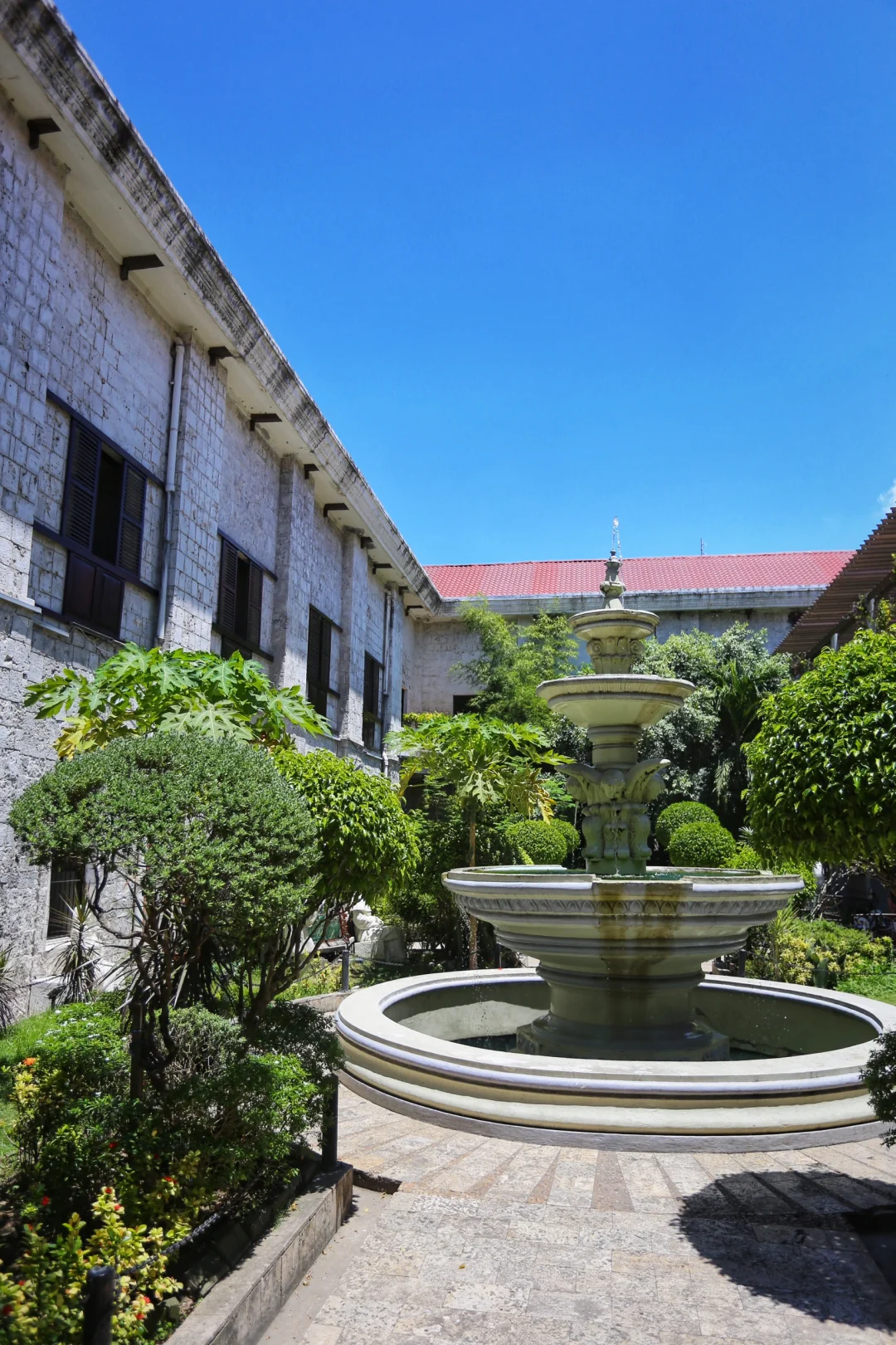
The Basilica of the Holy Innocents, also known as the Basilica of the Holy Innocents, was built in the 16th century.
It is a Class B basilica located in the center of Cebu, Philippines.
It is the oldest Roman Catholic church in the Philippines.
The most famous artifact in the church is the "Holy Infant of Cebu" which was discovered in 1565 by Spanish explorer Miguel López de Legazpi.
/>It is a statue of the Holy Child.
This statue is the same as the statue of the Holy Child given to the wife of Lazhumabon by the Portuguese explorer Ferdinand Magellan.
After Delegaspi’s army destroyed the local indigenous tribes,
a soldier found a charred wooden box,
and found something inside The aforementioned statue of the Holy Child.
Humabon was baptized and converted to Catholicism on April 14, 1521,
40 years before Miguel Lopez de Legazpi discovered the statue,
This statue is nearly 500 years old.
In 1965,
Pope Paul VI elevated the church to the status of a basilica and
named the church "a symbol of the birth and growth of Catholicism in the Philippines."
The current building was completed between 1739 and 1740.
It is the oldest religious building in the Philippines today.
Every Friday from 5:00 to 24:00,
Mass will be held for the Santo Niño and Novena believers.
It is free to visit here and you can take pictures, but taking pictures is prohibited during mass.
There are so many locals that mass is held every once in a while.
There are masses in English, masses in Filipino, and masses in local languages. |
|
 Ta Gay Bar & Kuys Club
1 Read
Ta Gay Bar & Kuys Club
1 Read
 Henann Crystal Sands Resort in Boracay, Philippines, has a great location and sea views
525 Read
Henann Crystal Sands Resort in Boracay, Philippines, has a great location and sea views
525 Read
 Go to Manila Bay to watch the most beautiful sunset. Do you know how to take the best photos?
968 Read
Go to Manila Bay to watch the most beautiful sunset. Do you know how to take the best photos?
968 Read
 Manila erotic Abacca Spa, massage and handjob at your service
1244 Read
Manila erotic Abacca Spa, massage and handjob at your service
1244 Read
 Android APP
Android APP IOS APP
IOS APP